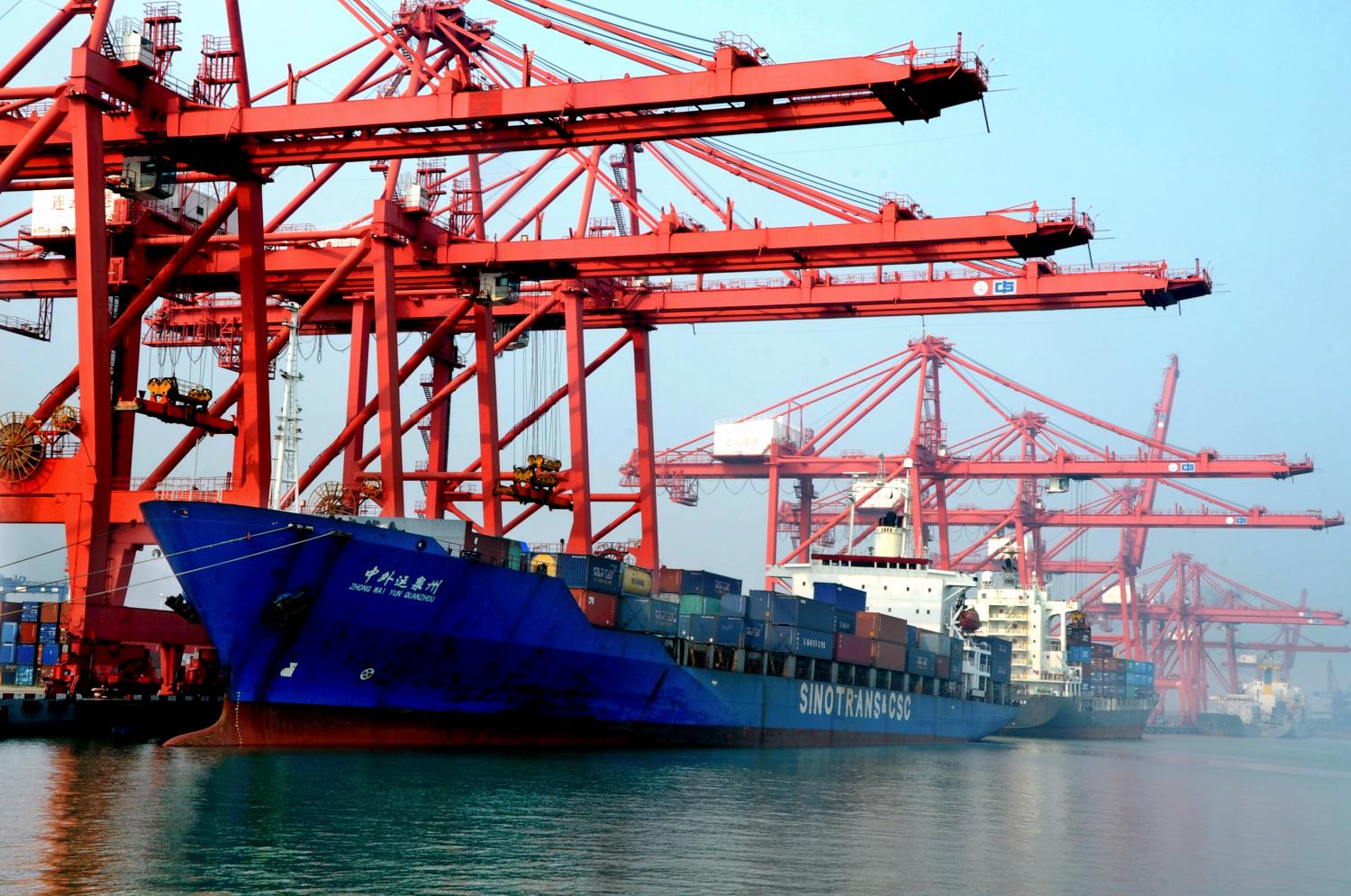Editor’s Note: This a chapter from the upcoming book, Trade Liberalisation and International Co-operation: A Legal Analysis of the Trans-Pacific Partnership Agreement, Edward Elgar, 2014.
INTRODUCTION
The trade and environment relationship is complex and presents both challenges and opportunities. For instance, trade can lead to increased economic efficiency, productivity and growth. But economic growth can result in increased consumption of non-renewable resources and greater environmental harms, such as increasing air pollution and worsening water quality. On the other hand, increased economic growth can generate the resources to address environmental damage and provide a pathway for countries to transition out of polluting industries into more service-oriented ones that are less polluting and damaging to the environment. Trade agreements can also strengthen the capacity for governments to respond to environmental concerns. For instance, reducing trade barriers on environmental goods can reduce the costs of green technologies, thereby supporting efforts to address global challenges such as climate change.
International trade can also be a pathway for the transmission of weaker environmental policies from one country to another. For instance, a country’s lax environmental standards that fail to internalise the social costs of environmental harms, such as pollution from the production of goods, can provide an unfair competitive advantage to its exports, raising concerns that this will create economic and political pressures in the importing country to also lower their environmental standards. Additionally, a number of environmental harms, such as illegal logging and overfishing, can be magnified by international trade, which expands the market for these goods. Yet trade agreements can be used to reinforce existing rules prohibiting trade in these products, thereby strengthening conservation efforts. Trade agreements also raise concerns that a government’s capacity to respond to environmental harms in ways that restrict trade will become constrained by trade rules that are enforced by legally binding dispute settlement procedures with penalties such as trade sanctions. Finding an appropriate balance between trade rules that promote liberalised trade and maintaining policy space for governments to respond to environmental concerns is another challenge.
As a twenty-first-century trade agreement, the Trans-Pacific Partnership Agreement (TPP) presents an important opportunity to address a range of environmental issues, from illegal logging to climate change and to craft rules that strike an appropriate balance between supporting open trade and ensuring governments can respond to pressing environmental issues. Moreover, the ambition of the TPP parties is for the TPP to become the building block for a Free Trade Area of the Asia-Pacific (FTAAP). Accordingly, the rules that are agreed in the TPP could set the rules for trade and investment in the broader Asia-Pacific region for years to come.
The TPP is currently being negotiated by 12 countries, namely: Australia, Brunei, Canada, Chile, Japan, Malaysia, Mexico, New Zealand, Peru, Singapore, the United States (US), and Vietnam (TPP12). In March 2013 Japan announced its interest in joining the TPP and, following consultations between the US Administration and Congress, Japan joined the TPP negotiations in July. The total gross domestic product (GDP) of the current TPP parties is approximately $27.5 trillion, comprises 40 percent of global GDP and one third of world trade. Of this amount, the United States accounts for approximately $15.5 trillion, or almost 60 per cent of TPP GDP. The United States’ economic size and strategic importance for other TPP parties means that its approach to the TPP will be the starting point for the negotiations and will significantly influence the outcome.
The first part of this chapter provides an overview of the US approach to the environment in its most recent free trade agreements (FTAs) in order to understand the most likely US approach to environmental issues in the TPP. The second part of this chapter considers a range of environmental issues that have yet to be addressed comprehensively in FTAs but which could be addressed in the TPP, including climate change.




